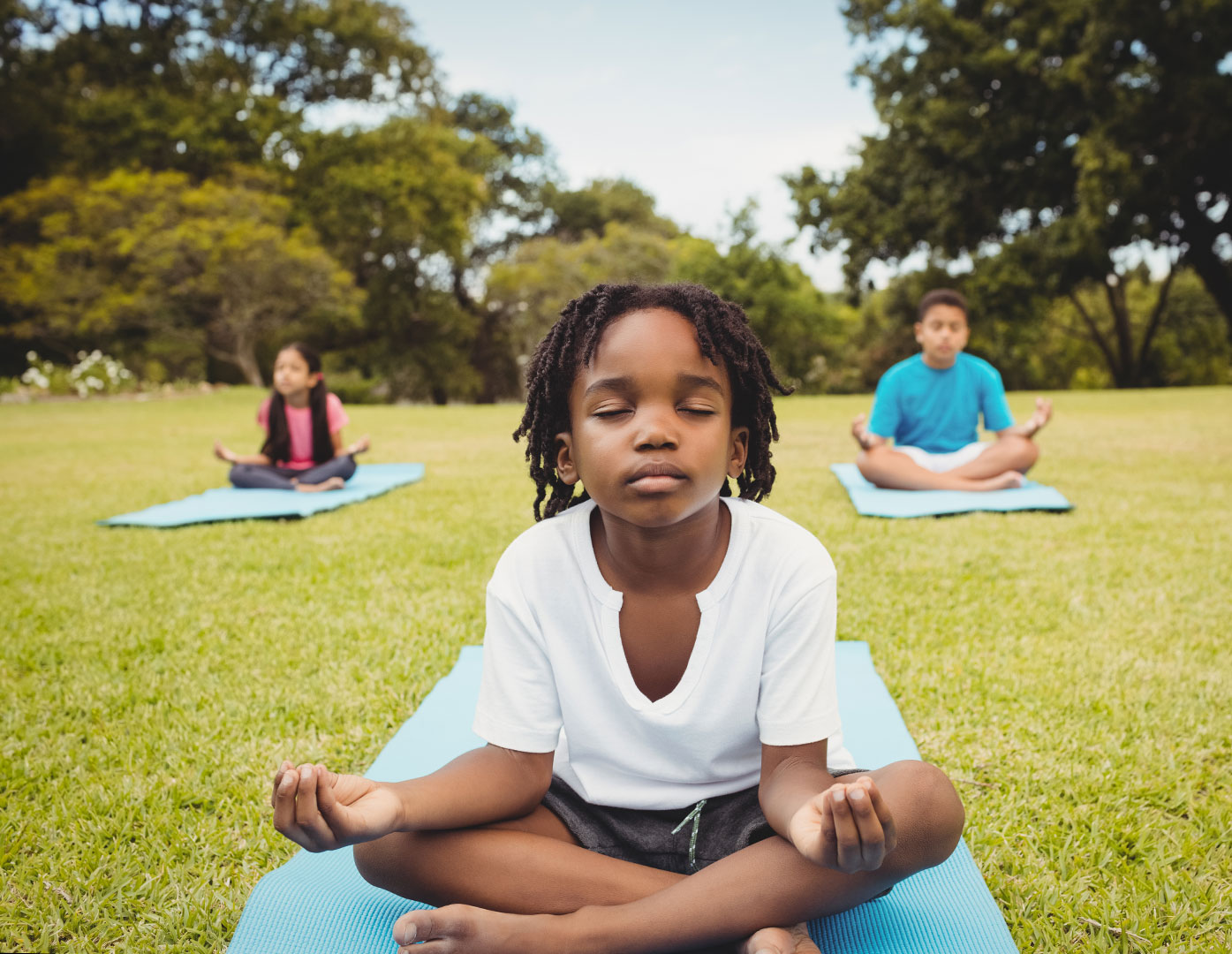
Mindfulness for Children
Practicing mindfulness with children can provide them with the strategies they need to help control their emotions, slow down, calm themselves and focus. Through mindfulness, children may develop greater awareness of their emotional, body and sensory experiences. Mindfulness for Children
Emotional well-being in childhood means reaching developmental and emotional milestones and learning skills to help children cope when they are experiencing challenges.
What is Child Anxiety

Children use a variety of ways to communicate how they feel. Feelings of stress or anxiety could present through their body language, facial expressions, refusal, attention seeking, or physical symptoms. What is Child Anxiety
Anxiety in Childhood
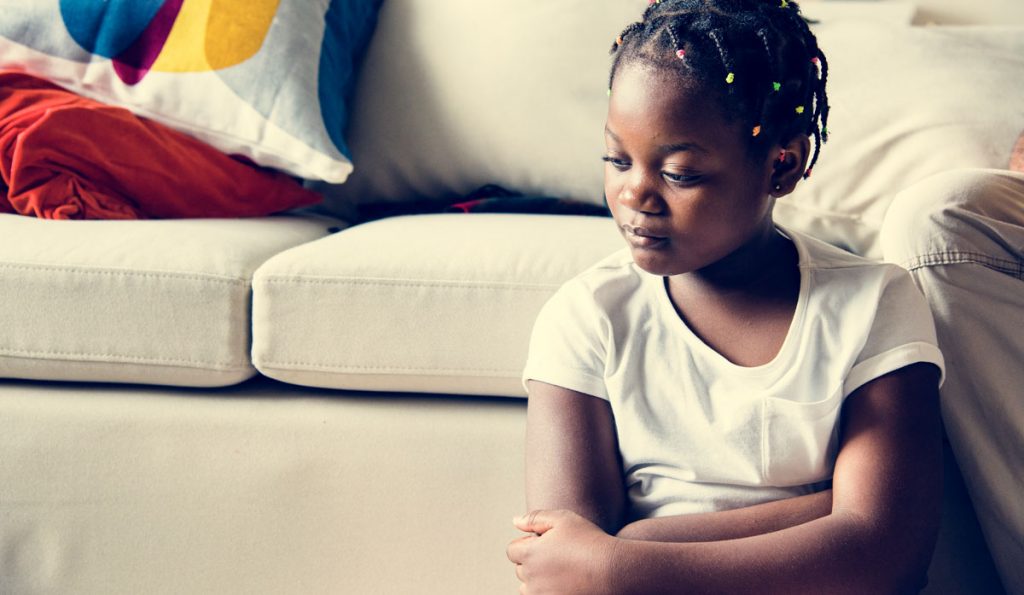
All children experience some form of anxiety; this is to be expected and can be a response to something positive or negative happening in a child’s life. Feeling anxious can be associated with changes in routines, family dynamics, new experiences or exposure to a traumatic event. Anxiety in Childhood
Separation Anxiety in Children
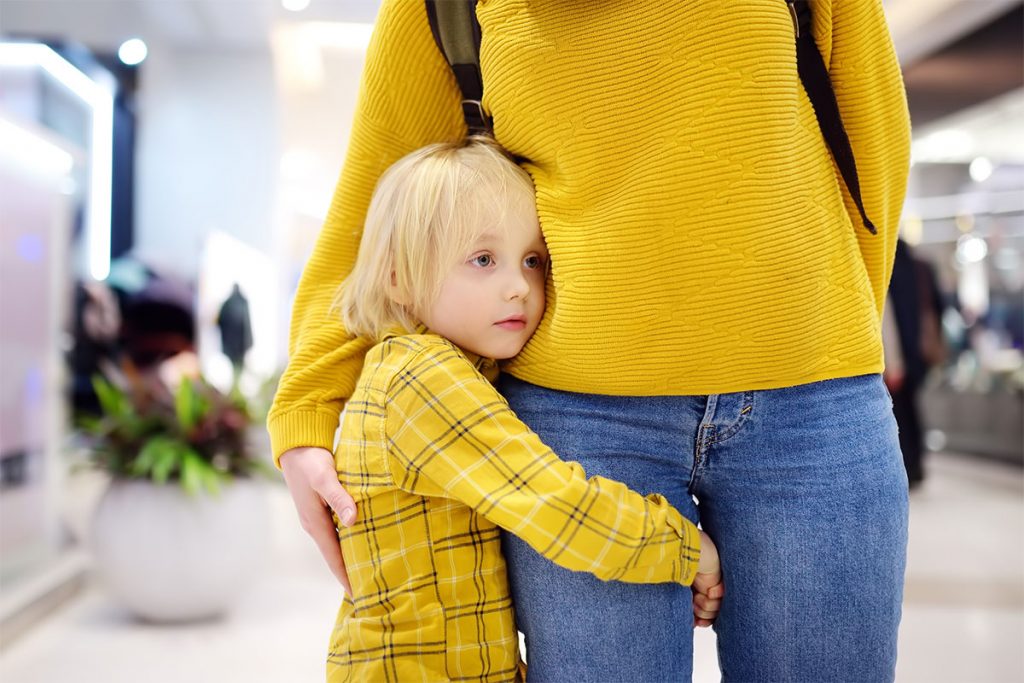
It is natural for children to experience anxiety when introduced to new places and people that may disrupt a child’s normal routines and activities, like going to an early learning program, making friends or sleeping. Separation Anxiety in Children
Children’s Grief and Loss
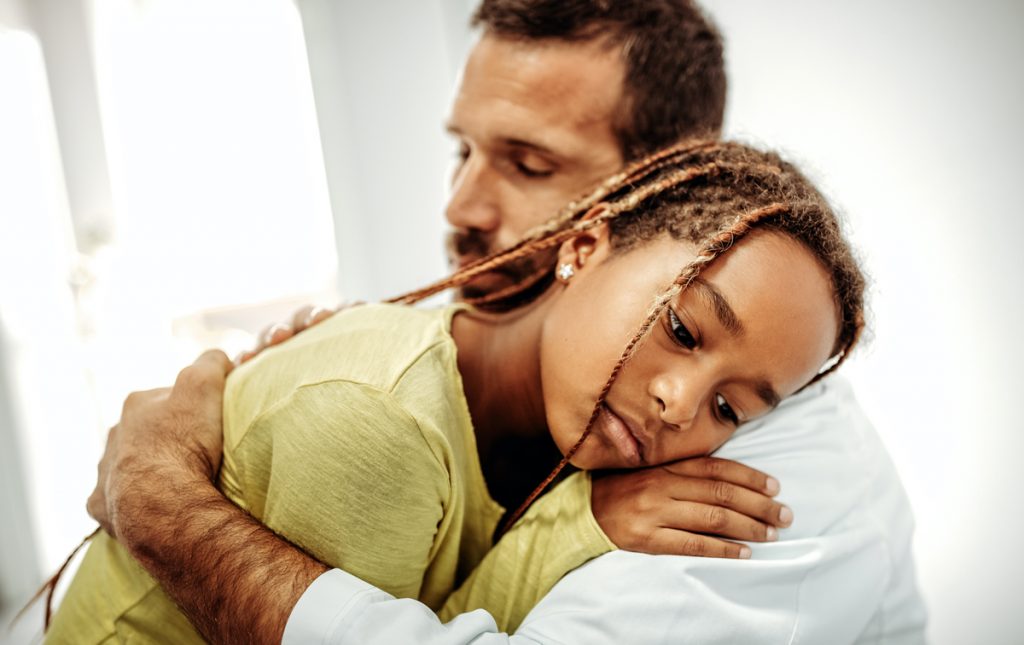
Feelings of grief may be caused by a traumatic event such as death, illness, or divorce. Experiences of discrimination due to racism, ableism, classism, and other stereotypes or biases can also create grief and loss responses in children.
Children’s Grief and Loss
Emotional Literacy
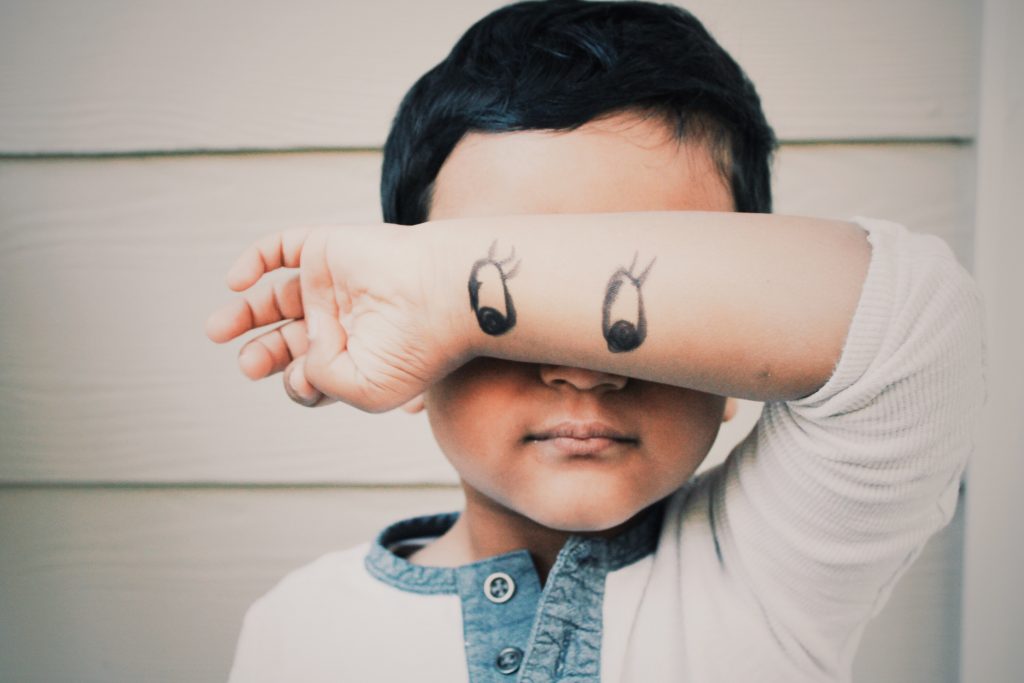
Emotional Literacy is one’s ability to recognize, understand, label and express feelings. This also includes the ability to identify others emotions expressed through spoken language, body language and facial expressions. Emotional Literacy
Looking Through a Trauma Informed Lens
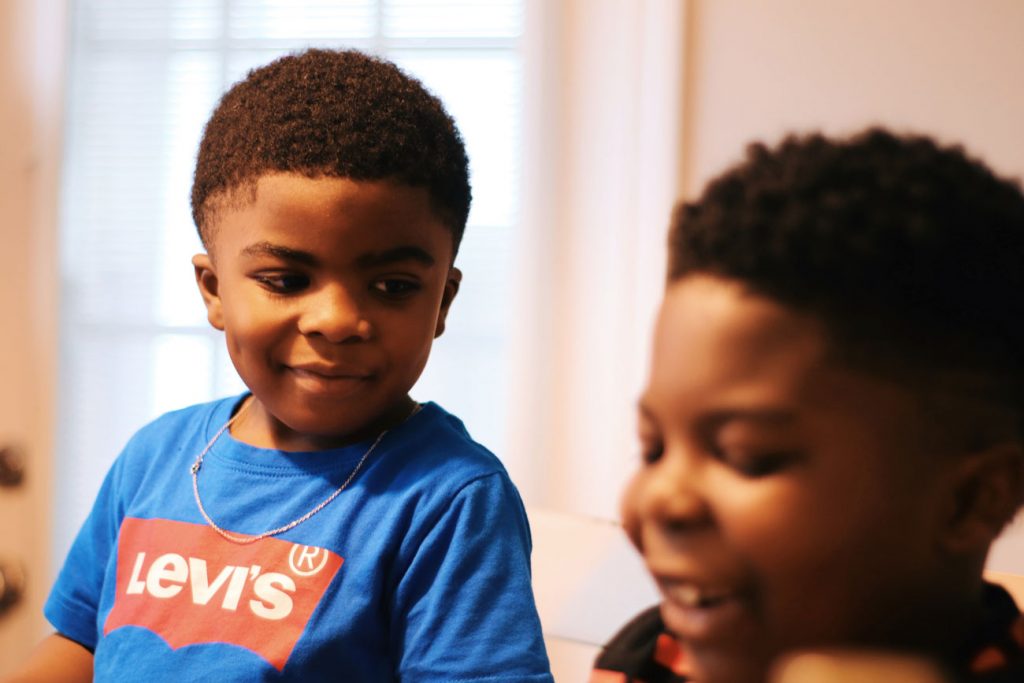
Understanding Stress and Trauma
Stress and trauma can significantly impact the emotional wellbeing of children and influence the way they interact with others, form relationships, and engage in different environments.

Signs of Stress and Trauma in Children
Long-lasting or recurring stressful experiences may prevent a child from regulating their emotions appropriately and they may fall behind in their learning and development.
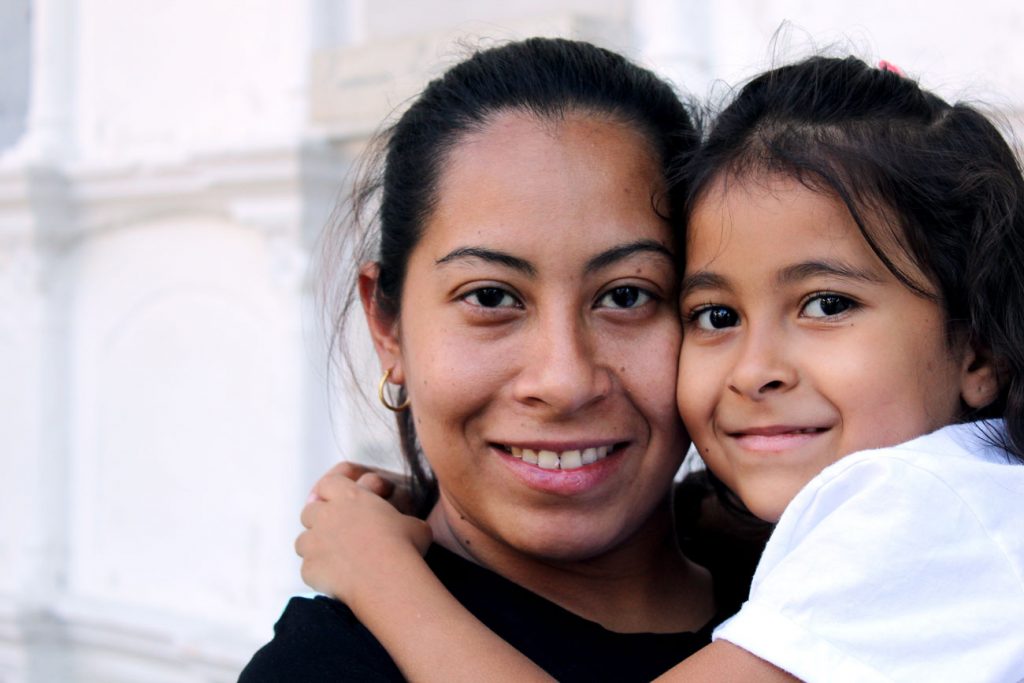
Steps to Supporting a Child Experiencing Stress and Trauma
Recognizing and responding to a child’s behaviour through a trauma-informed lens can change how we, as adults interact; what we say, and what we do.

Setting Up for Success
By adapting our environments, approaches, and planned activities using a trauma-informed lens, we can help support children to form positive relationships and have a greater sense of safety and security.
